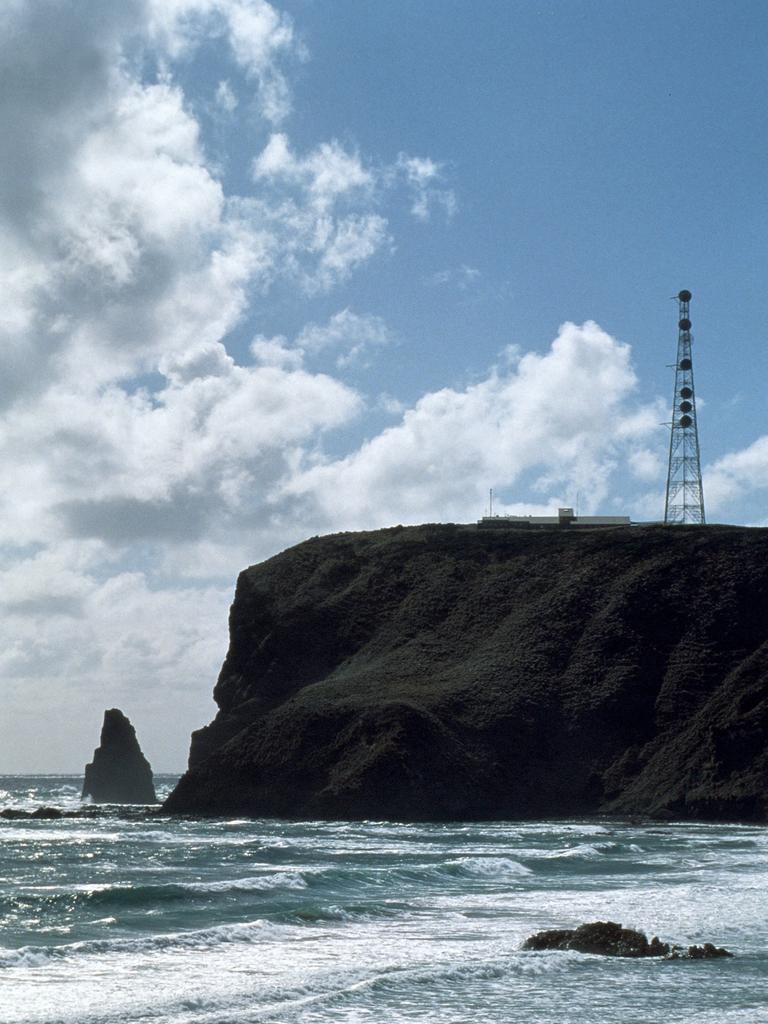New CAPE-k campaign in Tasmania to unlock climate mysteries on world’s most unique clouds
On the tip of Tasmania is a research station pioneering in atmospheric science. A new international campaign will change the way we see some of the world’s most unique clouds.

Located on the tip of North-West Tasmania is a research station that measures the world’s purest air blown from the Southern Ocean.
Now an international collaboration looking into the world’s most unique clouds, only found over the Southern Ocean, will revolutionise the way scientists use climate modelling.

The Cape Grim Baseline Air Pollution Station, which is located at kennaook/Cape Grim, started measuring the composition of the atmosphere in April 1976.
Since then it has become one of three premier baseline air pollution stations in the Global Atmospheric Watch Program, alongside stations in Mauna Loa, Hawaii and the Canadian Arctic.
A new 18-month project at the station, pioneered by an international partnership between CSIRO, Bureau of Meteorology and United States Department of Energy’s Atmospheric Radiation Measurement (ARM), will change the way we see clouds in the Southern Ocean.
The Cloud And Precipitation Experiment at kennaook (CAPE-k) will bridge vital gaps in climate modelling by understanding the world’s most unique clouds and its properties.
“Clouds in the Southern Ocean are very different from other areas … because even though temperatures are very cold – we would expect water to freeze below zero – we see the clouds in the Southern Ocean have a lot of water in them and haven’t frozen,” CSIRO senior principal research scientist Dr Melita Keywood said.
“We call them super cool liquid water clouds.
“The only reason super cool liquid water can exist is if the water is very pure … their droplets have not had an opportunity to interact with any types of impurities.”

Dr Keywood said the current climate models assumed the clouds over the Southern Ocean are similar to the ones found all over the world.
“This is not true, because we see in the Southern Ocean we have liquid clouds and not ice clouds,” she said.
“CAPE-k is going to provide lots of data and information on how the aerosols and the clouds are forming and will provide a lot of data and information we need to improve our climate models.”
The station measures a range of gases, including key drivers in climate change like greenhouse gases and ozone depleting substances.
It also measures nitrogen oxides and surface ozone, aerosols, solar radiation and radon, and other important gases for cloud formation.
BOM station manager Sarah Prior said the Southern Ocean clouds are completely unique when compared to the Northern Hemisphere because of low levels of pollution.

“This affects the radiative Earth’s heat budget because our clouds reflect more light back to space than a Northern Hemisphere cloud that’s formed in a more polluted environment,” she said.
“The whole world depends on this site because we really are the premier station in the Southern Hemisphere and playing a critical role for climate models worldwide to have access to this data.”
The data collected during the campaign will inform national and international decision-making now and decades into the future.

ARM program observatory manager Heath Powers said the campaign is aimed to get hi-tech observations in places where there typically isn’t a lot of data like this.
“We’re trying to understand the atmosphere well enough to help improve our climate models that represent the atmosphere and our climate here,” he said.
“We’re very interested in radiation balance, so the solar energy coming from the sun to the surface of the earth, and then how much of that leaves the surface of the earth.

“We’re really interested in clouds. Clouds are poorly represented by climate models.
“Getting clouds right is the key to reducing those big uncertainties we have in climate models. And we’re really interested in atmospheric chemistry.”
Mr Powers said the main point of CAPE-k is to study clouds in a pristine environment without the influence of emissions in the atmosphere.
“The mobile observatory is making measurements 24/7,” he said.
“We have about 50 plus instruments that all are working non-stop. At the same time, we’re going to be launching weather balloons very routinely here,” he said.
CSIRO’s research vessel the Investigator will also have a dedicated voyage in May 2025 to take measurements offshore the Cape Grim station.
The CAPE-K project will run from April 2024 to September 2025.




